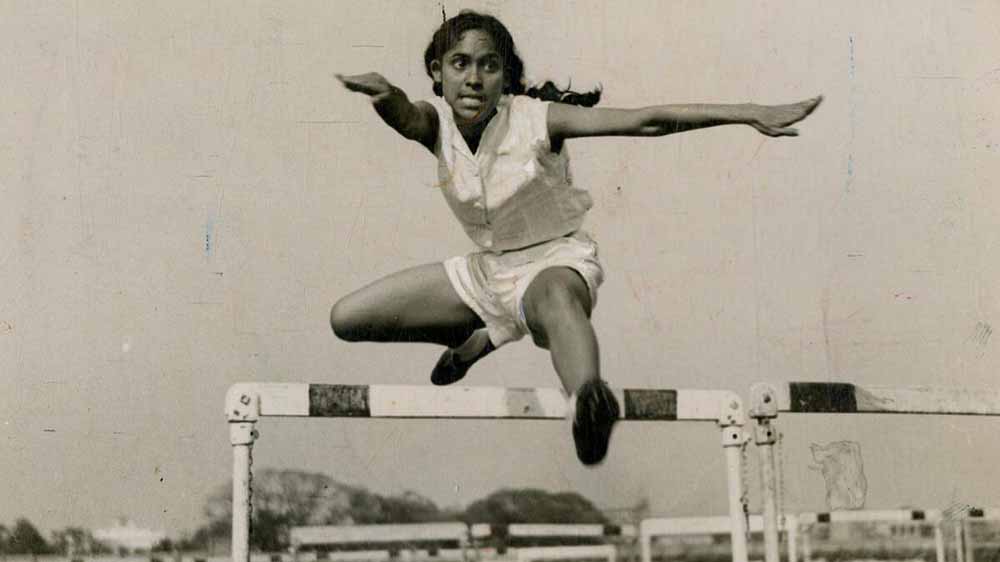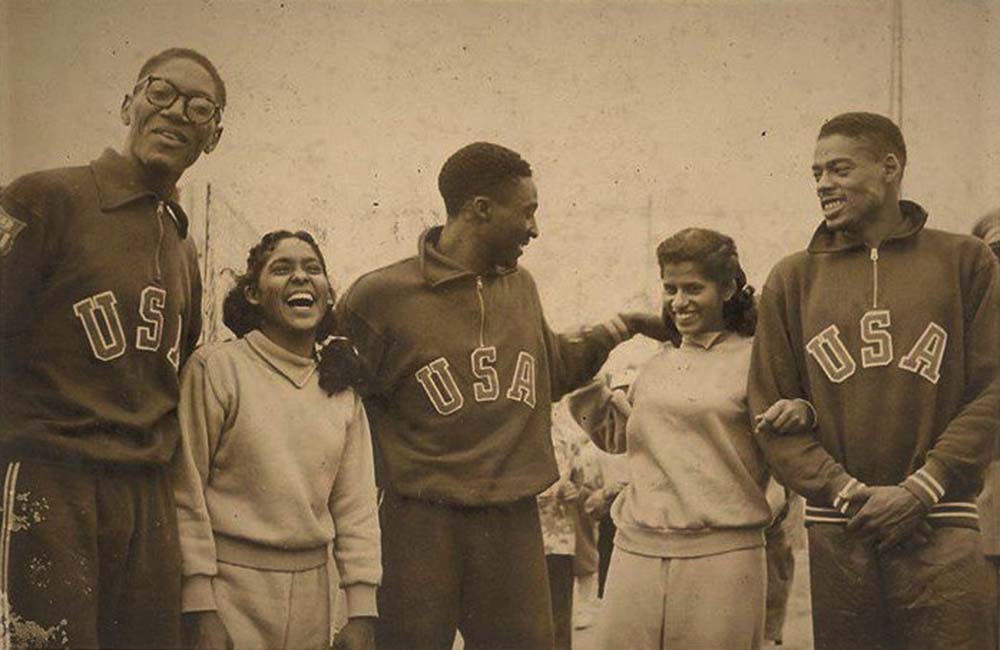The 1952 Helsinki Olympic Games were a watershed moment for Indian sports, witnessing the maiden participation of Indian women athletes. Of the four women, young track and field athlete Nilima Ghose, just 17 years old at the time, made history as the first Indian woman to compete in the Olympic Games where Ghose participated in the 100m sprint and 80m hurdles events.
The 1952 Helsinki Olympics were also significant to India for other reasons. Wrestler KD Jadhav won bronze, marking the country’s first individual Olympic medal. The Indian hockey team clinched its fifth consecutive gold. However, amidst these triumphs, a notable milestone unfolded for Indian women in sports.

For the first time, Indian sportswomen joined 60 male athletes in Helsinki. Among them, Nilima Ghose stood out as a trailblazer, scripting history as the inaugural Indian female Olympian.
Born on June 15, 1935, Nilima Ghose's Olympic journey began on July 21, 1952, when she competed in the women's 100m heats. Despite clocking 13.8 seconds, which failed to secure her advancement, Ghose etched her name in the annals of history.
Two days later, she showcased her prowess in the women's 80m hurdles, finishing fifth in her heat with a time of 13.07 seconds.
Accompanying Ghose was another sprinter named Mary D’Souza Sequeira, who took part in the women's 100m and 200m events. D’Souza, aged 20 at the time, didn't manage to qualify for the next round. However, in the following years, she emerged as one of Asia's fastest runners.
Although Ghose and her counterparts didn't clinch medals, their presence marked a significant moment for Indian women in sports. Joining them were swimmers Dolly Nazir and Arati Saha, further highlighting India's growing representation at the Olympics.

While these women weren't at the pinnacle of international competition, their participation symbolised progress for Indian sports; especially since India had been competing at the Olympics since 1900.
Since their debut at the Olympics, Indian sportswomen have made significant strides. They not only participate regularly in major events but also bring home accolades for the nation.
At the Sydney Olympics in 2000, Karnam Malleswari made history by winning a bronze medal in women’s weightlifting, becoming the first Indian woman to achieve this feat. Following in her footsteps 12 years later, shuttler Saina Nehwal and wrestler Mary Kom secured bronze medals in badminton and boxing respectively, at the 2012 London Olympics.
At the Rio 2016 Olympics, it was only the Indian women who won medals for the nation. PV Sindhu clinched the silver for her outstanding badminton game, while Sakshi Malik claimed a bronze in wrestling.
During the Tokyo 2020 Olympics, Mirabai Chanu became the second Indian weightlifter to win an Olympic medal, and also the second Indian woman to earn a silver medal at the Games. Boxer Lovlina Borgohain won bronze on her Olympic debut that same year.
PV Sindhu further cemented her place in history at the Tokyo Olympics 2020 as well, becoming the first Indian woman, and only the second Indian athlete after Sushil Kumar, to secure two individual Olympic medals, winning a bronze.

Reflecting on the 1952 Games, Ghose's performance may not have yielded medals or records, but it broke barriers for women's participation in sports at the highest level. Her courage and determination paved the way for future generations of Indian women athletes, leaving an enduring legacy in the annals of Indian sports history.